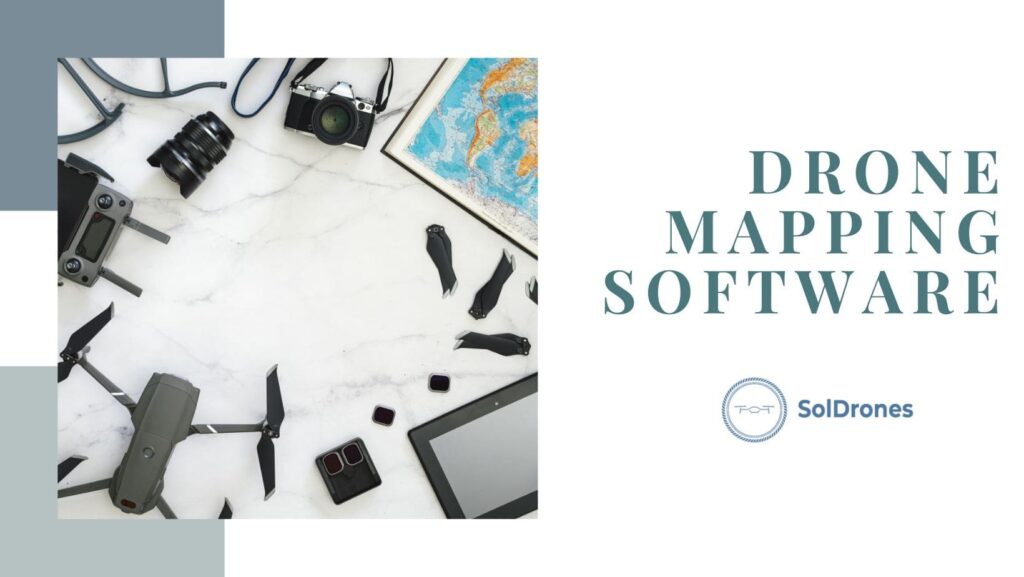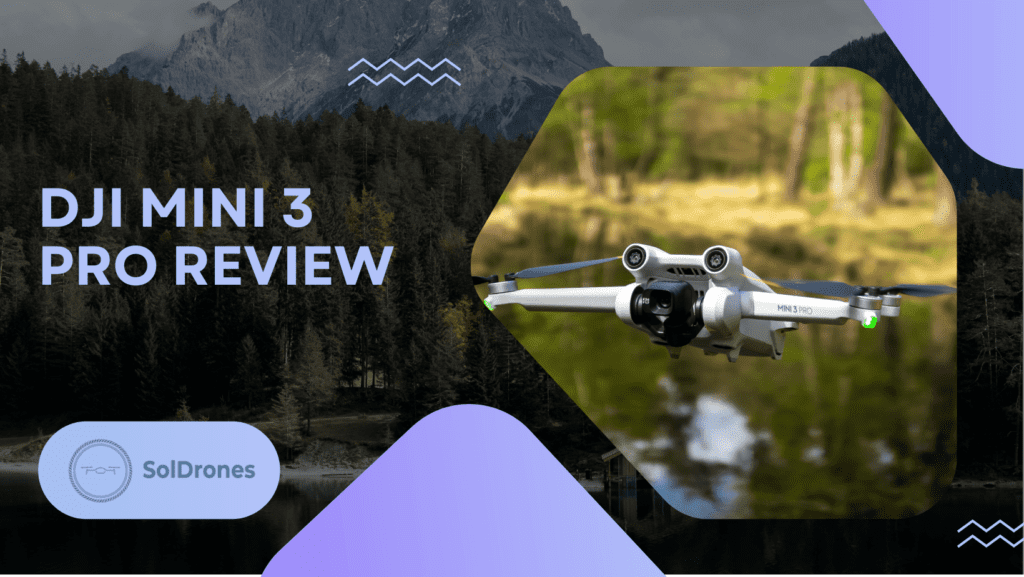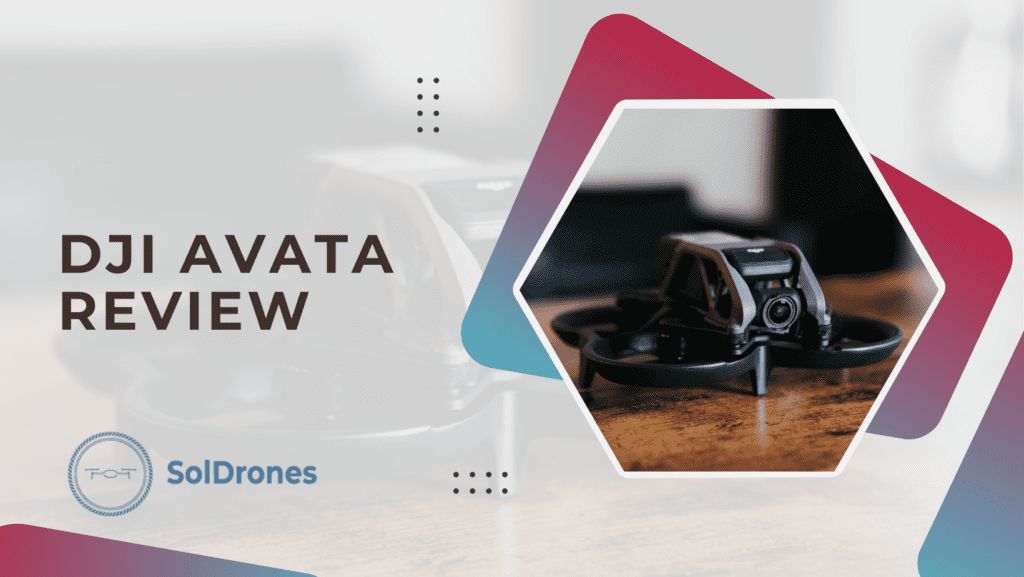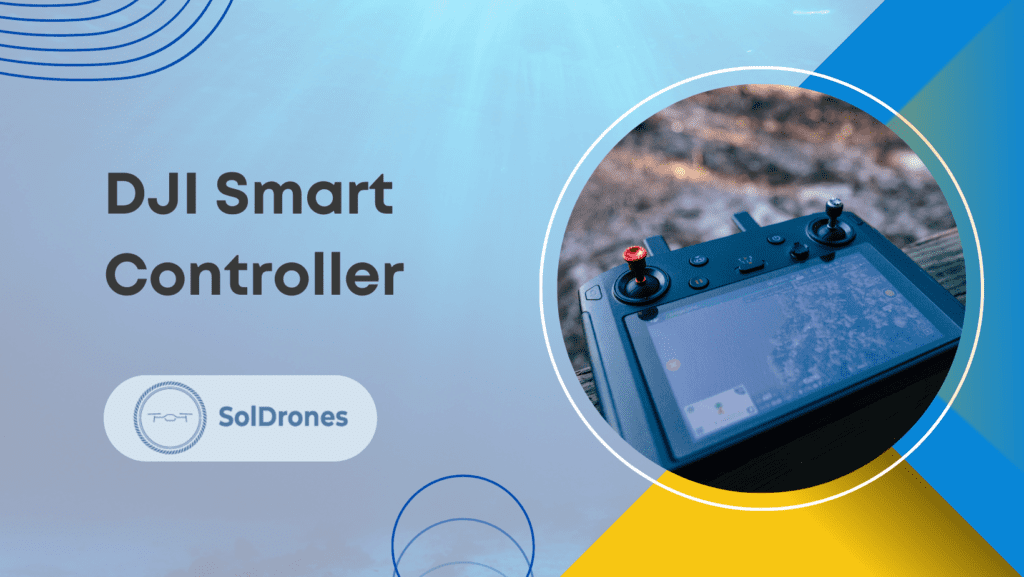When you’re considering investing in a drone mapping software, you’ve hit a major milestone as a professional drone pilot. Congrats, and we’re here to help, particularly if you’re in the process of scaling your drone business.
There are a lot of options out there and many factors to consider. We’ve laid it out for you as much as possible in this article so you have the information you need to make the right decision.
From stitching together high-resolution aerial data to generating topographic maps, a drone mapping software will elevate your business to new heights.
Article Highlights
- 3D drone mapping revolutionizes real estate, construction, and environmental analysis.
- Dimensions to prioritize include user-friendliness, industry-specific features, and regular updates.
- DroneDeploy and Pix4D are heralded for user-friendliness and high-resolution capabilities
- 3DF Zephyr and Maps Made Easy provide robust free versions for budget-minded enthusiasts
Understanding the Basics of the Drone Mapping Process
In aerial technology, drone mapping has emerged as a paramount application. Drone mapping data refers to the method wherein drones capture aerial photographs over a specific terrain or structure.
Just as the finest brushes are crucial for an artist, the right software can turn raw aerial images into works of precision and insight.
Upon capturing these images, they often undergo a meticulous process using orthomosaic stitching software to align and merge individual photos, producing a detailed and seamless map.
However, the backbone of a good drone map lies in the quality of aerial data collected, often in point cloud representations. High-resolution imagery ensures that even the tiniest aspects of the terrain are captured with utmost precision.
Types of Maps Generated Through Drone Software
Drones have revolutionized how we visualize and interpret our world. With the ability to generate maps from complex point clouds, what are the primary types of maps that drones help produce?
- Orthomosaic Maps: Stitching together numerous individual photos taken by drones, these maps offer a high-resolution representation of an area. Essential for sectors needing accurate visual data, orthomosaic maps bridge the gap between raw photos and usable data.
- Digital Terrain Model (DTM) Maps: By stripping away buildings, vegetation, and other obstructions, DTMs provide a clear view of the land’s natural state. These are key tools for projects that need an undistorted view of the earth’s surface, such as flood risk assessments or environmental impact studies.
- Topographic Maps: These maps use contour lines to depict elevation shifts to detail natural and artificial landscape features. They’re the go-to choice for endeavors that require understanding terrain, from construction planning to outdoor recreation.
- 3D Maps and Models: These interactive visualizations allow for in-depth exploration of an area. Users can rotate, zoom, and analyze from various perspectives, making them invaluable for intricate inspections and virtual site tours.
In essence, drone mapping software applications, including some of the best free drone mapping software, have opened doors to innovative methods of visualizing and analyzing our surroundings.
With such tools, industries can achieve more precise planning, monitoring, and execution of projects.
Essential Features to Look for in Drone Mapping Software
Navigating the drone software market can be daunting, with many options vying for your attention. There are some quintessential features to prioritize to ensure you’re getting the best bang for your buck and to foster seamless operations. Here’s a spotlight on what to zero in on:
- User-friendliness and Learning Curve: The best software offers a balanced mix of comprehensive features and simplicity. It’s essential that users, whether novices or seasoned pilots, can easily understand and operate it.
- Compatibility with Various Drones and Cameras: Not all drones are created equal. The ideal software should play well with a diverse range of drones and cameras, granting flexibility in operations.
- High-resolution Image Processing Capabilities: As mapping demands precision, the software should be adept at processing high-resolution images, ensuring that the finer details are recovered.
- Cloud-based Operations and Storage: For easier accessibility and collaboration, cloud-based mapping software functions are crucial. They also eliminate the need for massive local storage and facilitate quick data sharing.
- Integration and Compatibility with Other Platforms and Software: Often, drone data will need to be integrated with other tools or platforms, be it for construction, agriculture, or research. Seamless compatibility eases this process, ensuring a cohesive workflow.
To truly leverage the power of drones in mapping, the right software is indispensable. Considering these criteria during your selection process can save time, reduce hassles, and elevate the quality of your aerial mapping projects.
Best Drone Mapping Software: Top Picks for Professionals and Beginners
In the fast-evolving drone industry, picking the right software can significantly influence the outcome of your aerial mapping projects. To guide you through this intricate decision-making process, here’s a curated list of top software options tailored to cater to various professional needs and proficiency levels:
- DroneDeploy: Acclaimed for its user-centric design, DroneDeploy stands out for its sheer ease of use, making it an ideal choice for both beginners and pros. Its collaborative features are precious for teams, facilitating smooth group projects.
- Pix4D: A name synonymous with precision, Pix4D boasts unparalleled high-resolution capabilities. Its adaptability to various formats adds another feather to its cap, making it a versatile pick for advanced users.
- True View EVO by GeoCue: This software emerges as a frontrunner for those in the metric mapping field. Its commitment to maintaining rigorous accuracy in line with ASPRS standards offers unparalleled output confidence.
- PrecisionHawk: Tailored with precision for sectors like energy, construction, and agriculture, PrecisionHawk’s algorithmic prowess offers detailed insights, making it a go-to choice for professionals in these industries.
- Propeller: With a unique focus on industries like mining and waste management, Propeller’s 3D mapping capabilities are exemplary. It offers detailed site management and safety tracking, fortifying its position as a reliable choice.
Incorporating any of these software options into your workflow can dramatically elevate the quality and precision of your aerial mapping projects. Whether you’re an industry novice or a seasoned professional, there’s a tool tailored to your needs.
Top Free Drone Mapping Software Options
Navigating the world of drone mapping can be costly, especially for beginners or small businesses watching their budgets. However, there’s a silver lining. Several software providers offer robust free versions, making high-quality aerial mapping accessible to everyone. Here’s a look at some of the top contenders in the free software domain:
- 3DF Zephyr: A force to be reckoned with, 3DF Zephyr brings a wealth of features to the table, though there’s a cap on image processing. Despite this constraint, the software remains a powerful choice for those keen on comprehensive capabilities without the price tag.
- Maps Made Easy: As the name suggests, this software aims to simplify the mapping process. Incredibly accommodating to newcomers, its cloud-based processing system ensures quick and hassle-free results. It’s an inviting option for those taking their first steps in the drone mapping business.
- Agisoft PhotoScan: Having carved a niche over the years, Agisoft PhotoScan is no newbie in the industry. The software’s diverse range of features is testimony to its long-standing reputation. While there’s a learning curve attached, the potential outcomes are worth the initial effort.
With these free alternatives, entering the drone mapping field becomes less daunting. Each provides unique advantages, allowing users to choose based on their needs and expertise.
Tips on Choosing the Right Drone Mapping Software Package for Your Needs
When venturing into the complexity of drone mapping in industries, choosing a software package tailored to your unique needs is paramount. But how does one sieve through the plethora of options and zero in on the right fit?
Firstly, take a moment to assess your specific industry needs. For instance, someone in agriculture might have different requirements than another in real estate. Recognizing these nuances can dictate your software choice and ultimately affect the quality of your results.
Video Credit: Maverick Agriculture
Secondly, the scalability of the software is crucial. As your projects expand, will your chosen software be able to grow with you, or will it end up becoming a bottleneck? Investing in forward-thinking tools can prevent future hiccups.
Another pivotal aspect is regular updates and community support. In an ever-evolving field like drone technology, software that isn’t frequently updated might soon become obsolete. Furthermore, an active community can be a goldmine for troubleshooting and knowledge-sharing.
Lastly, consider the importance of a user-friendly interface, especially when working with a team. Smooth collaboration can hinge on intuitive designs that everyone can navigate with ease. After all, efficiency often lies in simplicity.
The Power of 3D Mapping with Drones
The advent of drones has ignited a significant leap in 3D mapping, revolutionizing several industries. The benefits and applications of 3D drone mapping stretch far and wide, from creating realistic virtual tours for real estate to intricate city planning and environmental studies.
This innovative approach offers an in-depth visual perspective and presents data with unprecedented precision.
Several key industries are reaping the rewards of 3D mapping. Construction sectors, for instance, can visualize projects before they even break ground, while archaeologists can reconstruct ancient structures with startling detail. Agriculture, forestry, and mining are other sectors harnessing this power to optimize operations and monitor changes.
Choosing drone mapping software is crucial for those diving into this transformative technology. Several drone mapping software applications cater specifically to the nuances of 3D visualization from point cloud data, ensuring professionals have the tools they need to bring their visions to life.
The Process Behind Digital Terrain Model Mapping
At the intersection of technology and topography lies the Digital Terrain Model (DTM). The digital terrain model mapping process involves creating a representation that offers a raw, undistorted view of ground surfaces stripped of buildings, trees, or other objects.
While many might confuse it with other mapping types, such as digital surface models, the details differ. Unlike other models that portray the Earth’s surface as inclusive of all objects, DTMs provide a purified perspective, focusing solely on the natural ground. This distinction makes DTMs invaluable for professionals like civil engineers and flood risk analysts.
Given the specialized nature of DTMs, it’s imperative to employ software specifically adept at DTM creation. These programs harness advanced algorithms and tools, ensuring accurate terrain representation and enabling precise measurements for various applications.
Final Thoughts
In the evolving world of drone technology, mapping stands out as a significant advancement, bringing innovation to numerous industries. Through specialized software, drone mapping has simplified complex tasks and elevated accuracy levels, whether in orthomosaic visuals, 3D renditions, or precise DTMs.
With a plethora of software options, both paid and free, catering to beginners and professionals alike, the choices are expansive. However, the key lies in understanding specific needs, industry, and requirements, and ensuring user-friendliness.
As drone technology continues its upward trajectory, staying informed and leveraging the right tools can profoundly shape project outcomes and success. Dive deep, choose wisely, and harness the power of aerial perspectives.
FAQs
How does drone mapping software work?
Choosing drone mapping software is a crucial step. The software processes aerial data to create detailed maps and models, such as orthomosaic maps, 3D maps, and digital terrain models (DTMs). They use advanced algorithms to stitch together high-resolution aerial data and can even account for changes in elevation and terrain.
What are the best professional drone mapping software options?
Top picks for professionals include DroneDeploy, known for its user-friendliness; Pix4D, which boasts superior high-resolution capabilities; True View EVO by GeoCue for metric mapping workflows; PrecisionMapper for industries like energy, construction, and agriculture; and Propeller, which is tailored for sectors such as mining and construction.
Are there any reliable free drone mapping software choices?
Yes, there are several free drone mapping software options worth considering. 3DF Zephyr offers comprehensive features with some limitations on image processing, Maps Made Easy is cloud-based and beginner-friendly, and Agisoft PhotoScan is a veteran in the industry with a broad range of capabilities.
What benefits does 3D drone mapping provide?
3D drone mapping offers a multi-dimensional view of terrains, structures, and landscapes, enhancing visualization, planning, and decision-making processes. Key industries such as real estate, construction, agriculture, and mining benefit immensely from these detailed representations.
How does a digital terrain model (DTM) differ from other mapping types?
A digital terrain model (DTM) represents the bare ground surface without objects like buildings or vegetation. It focuses solely on the natural terrain contours. In contrast, other mapping types, like topographic maps, might include both natural and artificial features, and 3D maps offer a three-dimensional view of a given area, including all its features.




